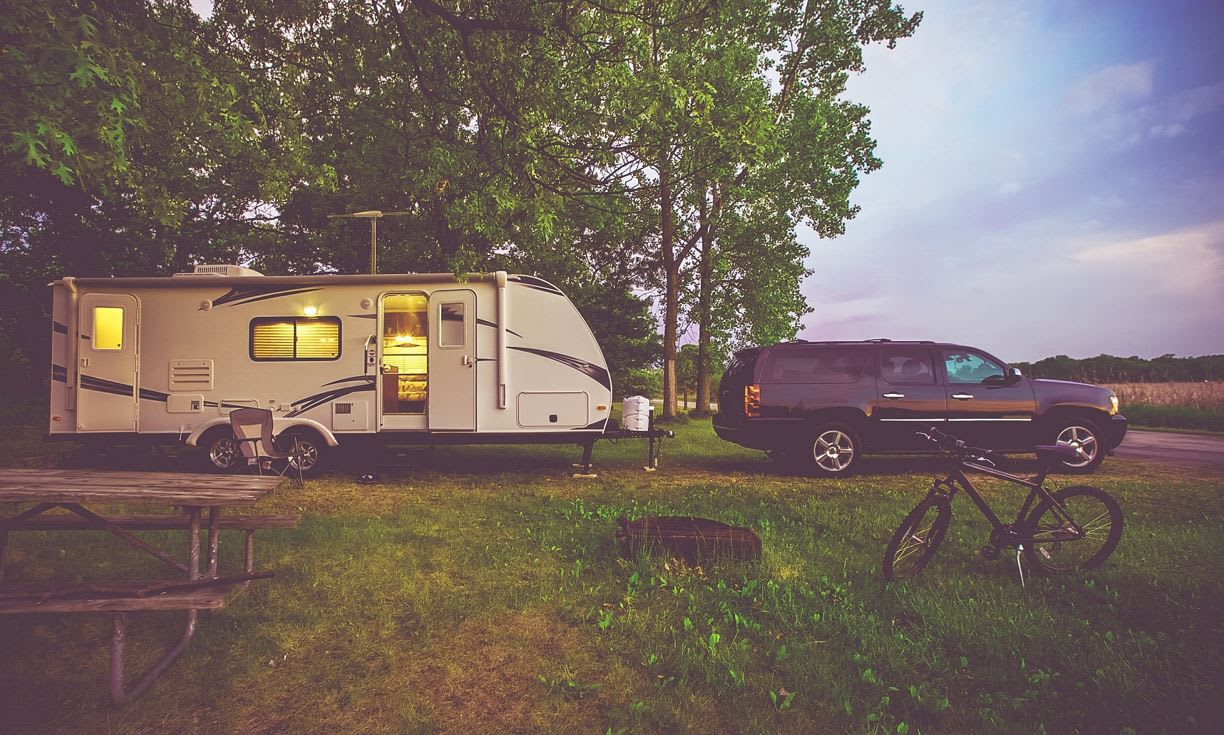What the back of your driving licence really means
23/09/2022

Motorists are being urged to check the back of their driving licence to ensure they are properly qualified to get behind the wheel of their chosen vehicle.
Many drivers fail to realise that passing their driving test only qualifies them to drive certain vehicles and additional tests may be required if they want to drive other types, car insurance comparison experts from Quotezone.co.uk have warned.
If a motorist is driving a vehicle that is not covered by their licence, their insurance will be automatically invalid.
To make matters more confusing, the types of vehicles that drivers are legally allowed to take out on the road also varies depending on WHEN they passed their driving test.
Government laws have changed over the years to limit what motorists can drive with a standard UK licence.
Motoring laws changed on 1st January 1997 in an effort to make the roads safer, by requiring additional tests to be carried out to legally drive category A, C, and D vehicles – motorcycles, vans and lorries.
Those who passed their test before 1997 are automatically qualified to drive a much wider range of vehicles than those who sat their driving test after this date.
The changes also impacted the rights of drivers to tow vehicles, with those who passed their test after 1997 requiring further permits to tow.
As of September 2022, those who pass their standard test are now only allowed to handle category B, F, K, Q, and AM vehicles.
Founder of Quotezone.co.uk, Greg Wilson, has said: ‘’There are many different types of vehicles, and it is important for drivers to know what they are legally allowed to drive, so that they avoid penalties and ensure their motor insurance is valid.
“The rules of the road are constantly evolving. 2022 has been a significant year for change, most notably the updates to the Highway Code in January that gave more priority to vulnerable road users such as cyclists and pedestrians, so it’s best practice for all road users to keep themselves up to speed with the latest additions.”
Comparison experts at Quotezone.co.uk have broken down what the letters and numbers on the back of a driving licence mean. To check which vehicles UK motorists are qualified to drive, they can turn to the back of the driving licence and see which of the following codes are checked:
| Code | Meaning |
| AM | Two or three wheeled vehicles with a maximum speed of between 15.5 and 28 mph, and maximum weight of 350kg. |
| A1 | Motor tricycles with a power output of up to 15kW. Motorbikes with an engine size up to 125cc, power output of up to 11kW, and a power to weight ratio no more than 0.1kW/kg. |
| A2 | Motorbikes with a maximum power output up to 35kW, and power to weight ratio of 0.2kW/kg. This also covers motorbikes in the A1 category. |
| A | Motorbikes with power output over 35kW, or power to weight ratio of 0.2kW/kg. Motor tricycles with a power output over 15kW. A1 and A2 motorbikes are also covered. |
| B1 | Motor vehicles with four wheels with a maximum weight of 550kg if they are designed for carrying goods, or 400 kg if they are not carrying a load. |
| B | A standard car. If you passed your test after 1st January 1997, you can drive vehicles with a maximum combined weight of 3500kg and eight passenger seats. You can also drive motor tricycles with a power output over 15kW if you are over 21. If you passed before 1st January 1997, you can drive a combined weight of 8250kg, and a minibus with a trailer over 750kg. |
| C1 | Vehicles with a maximum weight between 3,500 and 7,500 kg, with a trailer up to 750kg. |
| C | Vehicles over 3,500kg, with a trailer up to 750kg. |
| D1 | Vehicles with no more than 16 passenger seats, a maximum length of 8 metres, and a trailer up to 750kg. |
| D | Any bus with more than eight passenger seats, with a trailer up to 750kg. |
| BE | Vehicle with maximum weight of 3,500kg with a trailer. |
| C1E | C1 category vehicles with a trailer over 750kg, however the combined weight cannot exceed 12,000kg. |
| CE | Category C vehicles with a trailer over 750kg. |
| D1E | Category D1 vehicles with a trailer over 750kg, yet the combined weight cannot exceed 12,000kg. |
| DE | Category D vehicles with a trailer over 750kg. |
| F | Agricultural tractors. |
| K | Mowing machines and pedestrian-controlled vehicles. |
| Q | Two and three wheeled vehicles without pedals, with a maximum engine size of 50cc and speed of 15mph. |
For more driving related stories, visit Quotezone.co.uk.

This article is intended as generic information only and is not intended to apply to anybody’s specific circumstances, demands or needs. The views expressed are not intended to provide any financial service or to give any recommendation or advice. Products and services are only mentioned for illustrative rather than promotional purposes.